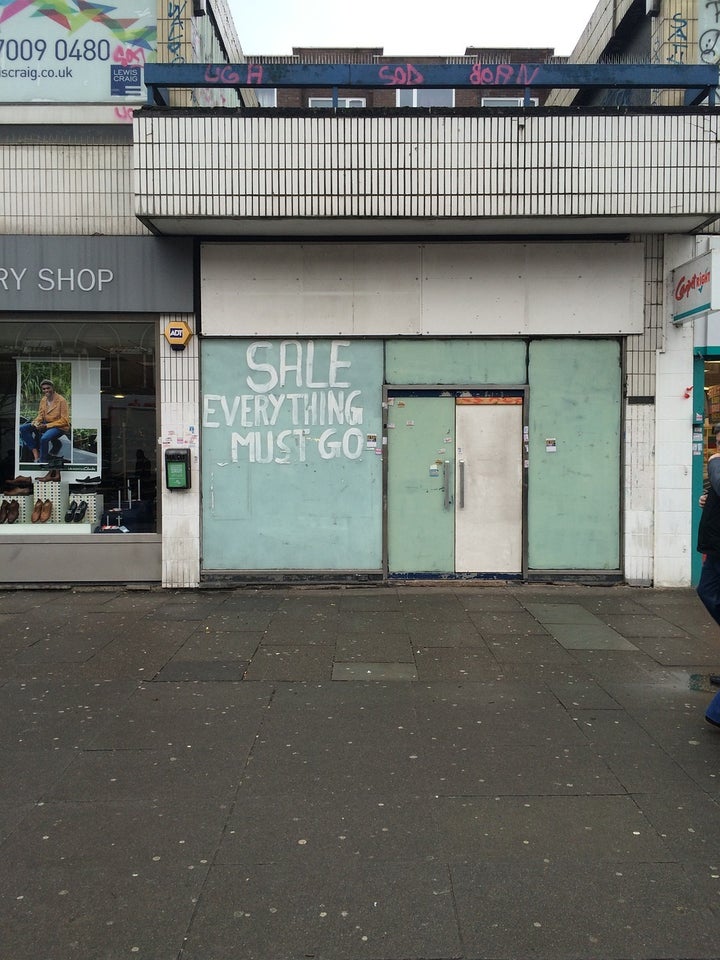
We know that smart city technologies are transforming how we shop, work and travel. They are also changing how we use land and property, with a profound impact on the vibrancy and shape of our cities.
Disappearing shops
The rise and rise of online shopping will continue to hit shopping streets and retail parks. In the US, a quarter of shopping malls are predicted to close in the next five years. The UK is not as over-supplied with retail as it’s Transatlantic cousin, but traditional high streets and shopping centres will see lots more shops – especially clothing outlets – pulling down the shutters in 2018. Jobs will be lost, local authority revenues will fall, and boarded up high-streets will drag down the wider neighbourhood.
Empty offices
The digital revolution is changing how and where work happens. Employment is becoming more flexible and fluid, with digital technology enabling more people to work remotely and to collaborate in the cloud. This will impact city-centre offices, with landlords having to adjust to weaker demand and shorter leases. And as artificial intelligence bites – machines don’t care where they work – we’ll see the growth of cheaper regional back-offices, which is bad news for expensive cities.
No more parking
Some of the biggest impacts will come from changes to how we travel. The car shaped our cities in the 20th Century, with suburbs, ring roads, and out-of town shopping centres. I expect car-sharing, ride hailing and on-demand autonomous vehicles to have similar impacts in the 21st Century. It’s estimated that, today, as much as half of American cities’ land area is dedicated to the car: streets, driveways, expressways, parking lots, service stations and so on. In my home city of Bristol, as elsewhere, cars enjoy some of the best harbour views and the most desirable spots in central squares.
When people don’t need to own cars, or pay for parking, valuable land will be freed-up in cities for housing and commercial uses. Real estate company JLL has identified over 10,000 car parks in the UK’s towns and cities that could accommodate 400,000 new homes - enough to house a million people. In the suburbs, streetscapes will transform as parked cars disappear.
Shortening distances
Currently, people pay more for being close to good public transport links, and this is reflected in house-prices. Self-driving cars and ride hailing services like Uber will change this, making other neighbourhoods more accessible. And if these car-based ways of getting around also undermine public transport, house prices will adjust further. Autonomous vehicles may flatten property values across cities, with a reduction on the premium people pay for proximity to public transport.
The price penalty for a long commute might also reduce. If you can sleep, work, or watch TV during your car journey, you might be happy commuting for longer distances. Urban planners who have been fighting against sprawl for decades may see it get worse. And if, as one local authority leader put it to me, the ‘wealth sleeps elsewhere’, city administrations will lose council tax revenue on top of what they’ll lose from parking fees.
The virtual transforms the physical
Digital technology will make many spaces obsolete. With facial recognition, chatbots, mobile ticketing, and automatic payments, we can say bye-bye to ticket offices and barriers in transport, and bye-bye to tills and check-outs in shops. We can also expect virtualisation to hit healthcare and education, just as it’s now hitting shopping, reducing the need for some of the big university, and hospital buildings.
Smart city technologies are going to change how we use – and value – property in profound ways. For citizens, obsolete office space and vacant parking lots should mean more land available for much-needed housing. And the that fact that digital technology will probably have a levelling effect on property values, may redistribute wealth to poorer areas within, and between, cities.
Local authorities in charge of city centres will need to grasp that the revenue coming from the current physical location of things – parked cars, shops, and offices ― may evaporate, leaving a sizeable hole in their finances. City leaders will have to understand how much the digital is going to transform the physical, and that they need to shape their cities proactively, finding imaginative new uses for vacant land and buildings.
